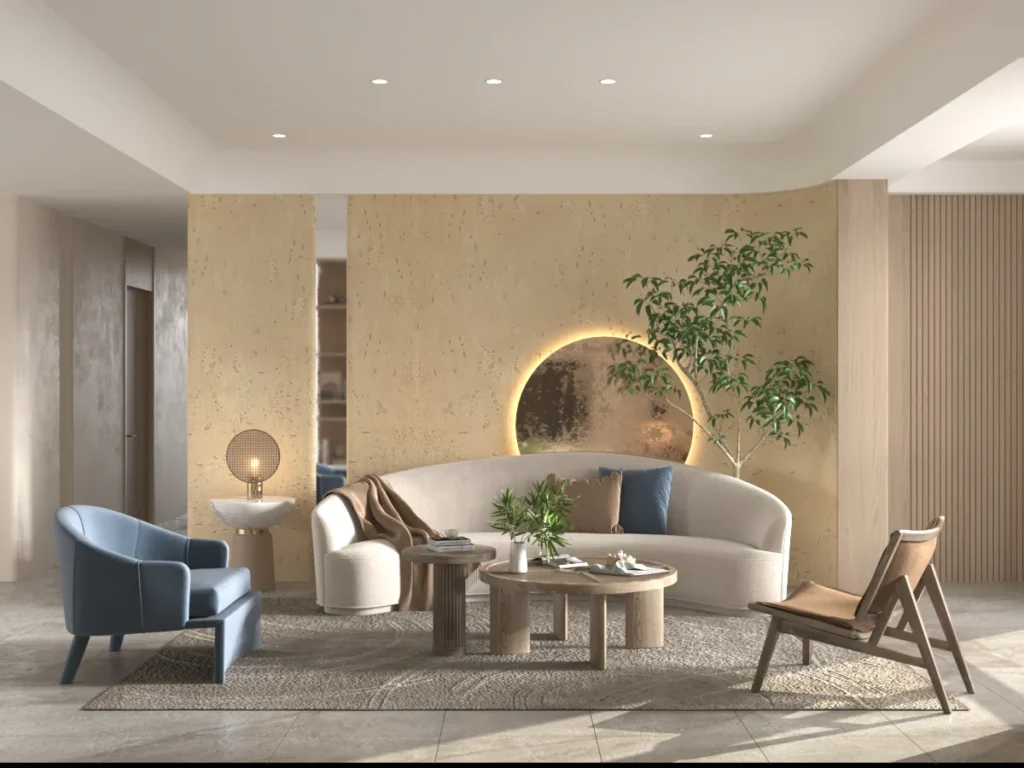When planning a home or commercial renovation in Gurgaon, one of the most important choices you’ll make is the flooring and wall finishes. While ceramic tiles have been a trusted option for decades, a relatively new material called Flex Stone is making waves in the design world.
Both offer unique benefits, but how do they really compare when it comes to durability, cost, installation, and maintenance? This guide will help you decide which is the right fit for your next renovation project.
What is Flex Stone? The New-Gen Alternative to Ceramic Tiles
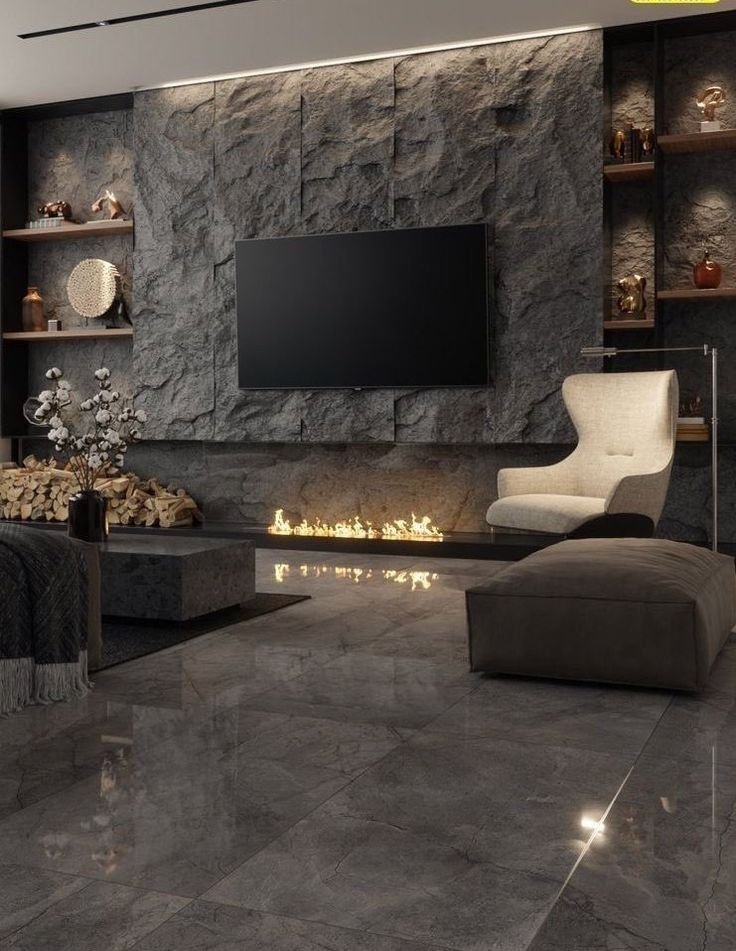
Flex Stone is a modern surfacing material that combines the look of natural stone with the flexibility of thin sheets. It’s made by extracting thin layers from real stone slabs, bonding them to a flexible backing, and creating a lightweight, versatile panel.
Unlike traditional tiles, Flex Stone can bend slightly, making it suitable for curved surfaces, columns, and even furniture. It’s particularly popular among architects who want a luxurious stone look without the heavy weight or high cost of full slabs.
For an in-depth look at stone technology innovations, The American Ceramic Society has excellent resources on how modern materials are evolving.
Ceramic Tiles: Timeless Appeal and Proven Performance
Ceramic tiles are made from natural clay, baked at high temperatures, and glazed for color and finish. They’ve been a flooring and wall favorite for centuries — and for good reason.
At Deceramica’s tile showroom in Gurgaon, ceramic tiles are available in endless designs, from minimalist neutrals to bold patterns. Their durability, affordability, and design versatility make them a go-to choice for bathrooms, kitchens, and living spaces.
Ceramic tiles also offer excellent resistance to water and stains, which is why they remain the best tiles for Indian bathrooms and kitchens.
Flex Stone vs Ceramic Tiles: Durability and Wear Resistance
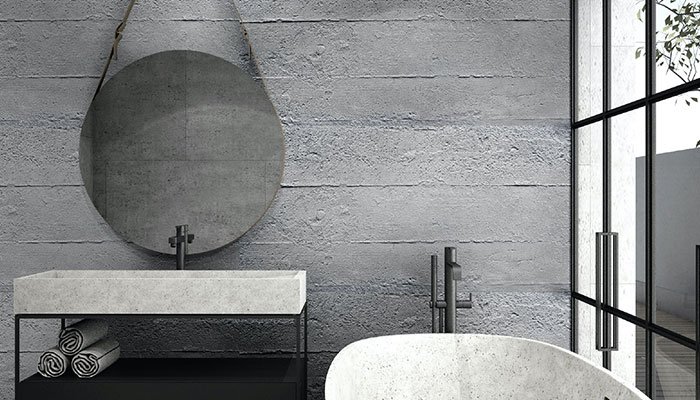
When it comes to durability, both materials perform well, but in different ways:
- Flex Stone is strong but thinner than ceramic tiles, making it slightly more prone to impact damage if mishandled. However, it’s extremely resistant to cracking because of its flexible backing.
- Ceramic tiles, being rigid, can chip or crack if heavy objects are dropped on them. That said, once installed, they can last for decades without losing their look.
For high-traffic areas like living rooms or office lobbies, ceramic tiles generally have the edge. For decorative or vertical applications, Flex Stone offers design flexibility.
ArchDaily has published several case studies where designers use a mix of materials to balance durability with aesthetics.
Installation Ease: Flex Stone vs Ceramic Tiles
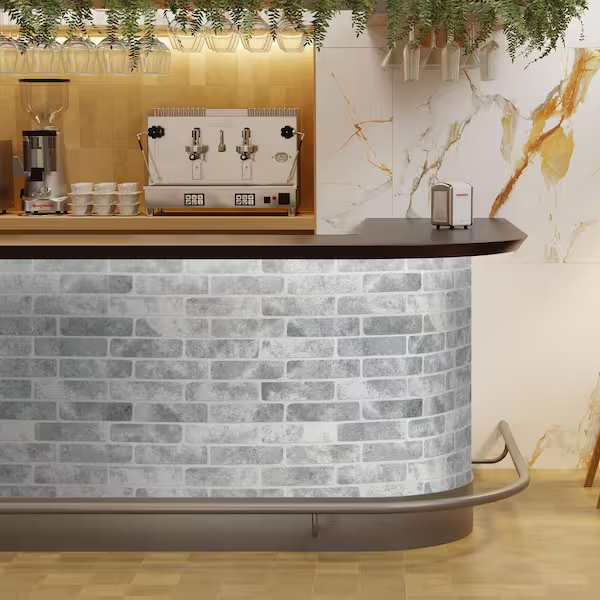
One of the biggest differences between the two is in installation:
- Flex Stone: Lightweight and easy to cut, it can be applied over existing surfaces with special adhesives. This makes it ideal for quick renovations where you want minimal dust and debris.
- Ceramic Tiles: Heavier and rigid, requiring proper surface preparation, mortar, and grouting. Installation can take longer and may require skilled tilers for best results.
In Gurgaon’s fast-paced property market, where quick turnovers are sometimes key, Flex Stone can save both time and labor costs — especially for wall claddings and facades.
Maintenance & Cleaning: Flex Stone vs Ceramic Tiles
Maintaining both is relatively straightforward:
- Flex Stone: Requires gentle cleaning with a damp cloth and pH-neutral cleaner to preserve the natural stone surface. Avoid abrasive scrubbers.
- Ceramic Tiles: Extremely low-maintenance — they can be cleaned with standard floor cleaners and withstand stronger scrubbing.
In humid climates like Gurgaon’s monsoon season, ceramic tiles resist water absorption better, making them a safe choice for bathrooms and kitchens. For maintenance tips, Build With Rise has excellent eco-friendly cleaning guides.
Best Applications: Where to Use Flex Stone and Ceramic Tiles
Here’s where each material truly shines:
- Flex Stone:
- Feature walls in living rooms or lobbies
- Exterior wall cladding
- Curved surfaces like columns
- Furniture surfaces for a designer touch
- Feature walls in living rooms or lobbies
- Ceramic Tiles:
- Bathroom and kitchen floors
- Backsplashes
- Outdoor patios (when using anti-skid variants)
- High-traffic commercial spaces
- Bathroom and kitchen floors
Many Gurgaon designers use both in the same project — Flex Stone for accent features and ceramic tiles for functional flooring.
Environmental Impact: Flex Stone vs Ceramic Tiles
Sustainability is becoming a big factor in material selection.
- Flex Stone: Uses thin stone layers, which reduces quarrying waste compared to full slabs. However, it may include polymer backings that are less eco-friendly.
- Ceramic Tiles: Made from abundant natural clay and can be recycled, but require high-energy kilns during production.
If you’re aiming for a green home, check for eco-label certifications from suppliers. ArchDaily and The American Ceramic Society both feature eco-conscious building material trends that are worth exploring.
Conclusion: Which is Right for Your Renovation in Gurgaon?
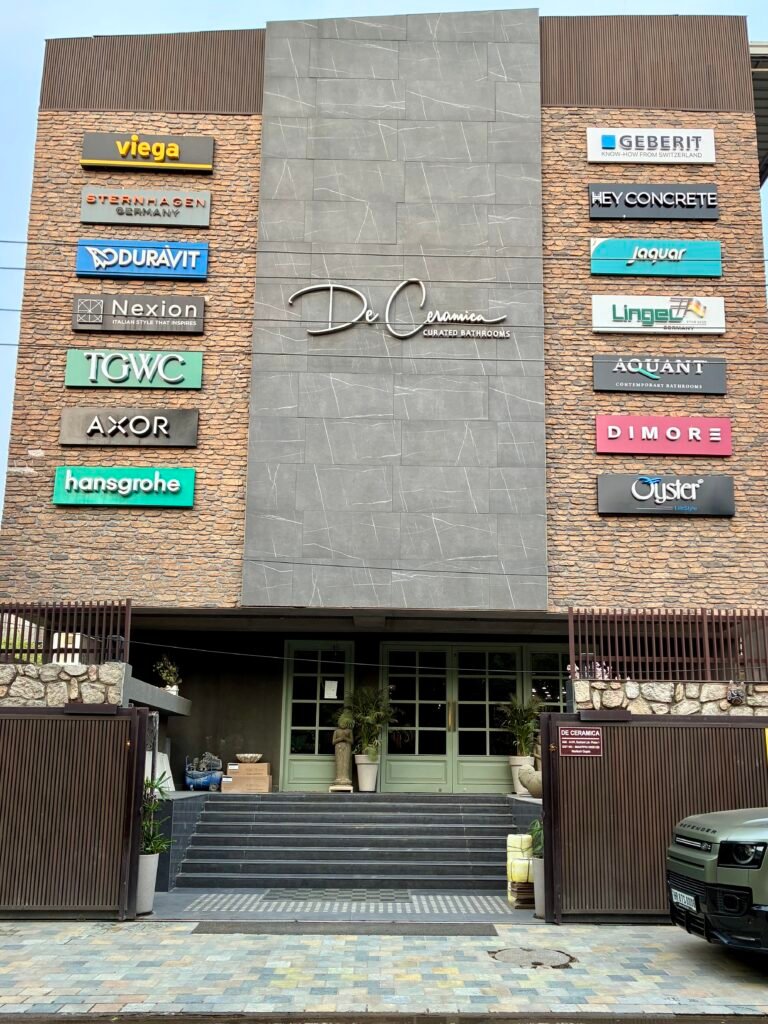
The choice between Flex Stone and ceramic tiles ultimately comes down to your project’s needs, budget, and aesthetic vision.
- Choose Flex Stone if you want a luxurious, natural look, unique applications, and quicker installation — especially for walls and features.
- Choose Ceramic Tiles if you want a cost-effective, durable, and low-maintenance solution for floors and wet areas.
At Deceramica’s Gurgaon showroom, you can explore both materials side-by-side, get expert advice, and even mix and match to create a space that’s both functional and stunning.

